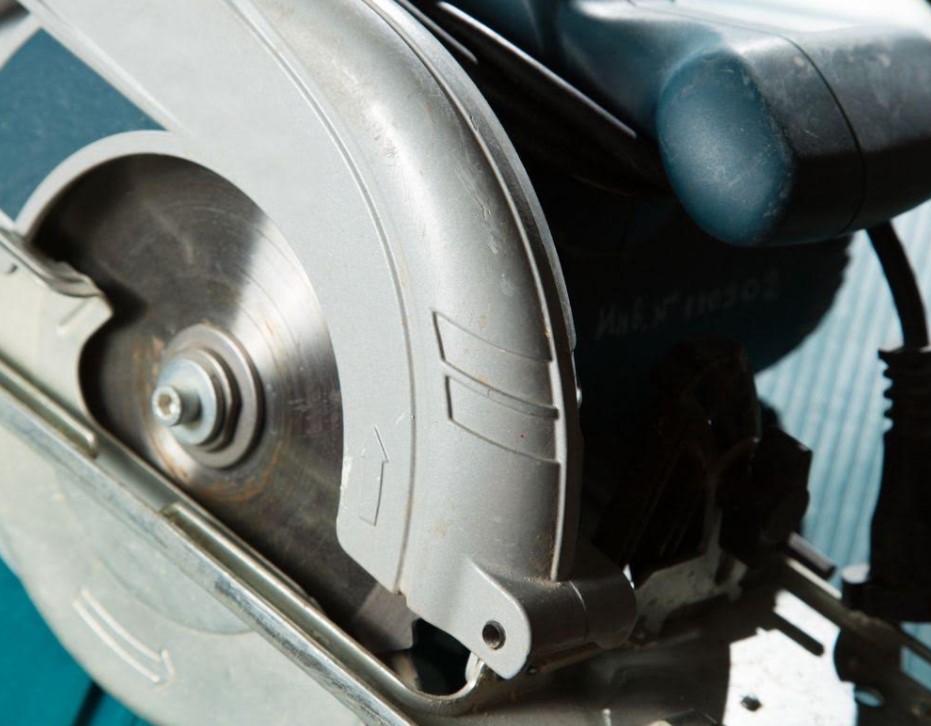
When it comes to home improvements, most people look for areas where they can save some money. It might be through getting discounts on materials by purchasing them from discounted stores or when their local hardware store is having a sale, or eliminating the need to pay for labor by doing the work themselves. Some jobs around the home are pretty straightforward and can be done without the need for professionals. Others should never be undertaken by those without the right training and education.
Most DIYers could lay a laminate floor with the right saw and metal blades or paint the walls of their home themselves. Nevertheless, the experts at Devour Tools tell us that other jobs, like rewiring, are not only dangerous but mean you could be breaking the law if you try to bypass a qualified pro (an electrician in the rewiring case). What about replacing a radiator? Is this something you could or should attempt yourself?
How Hard is it to Change a Radiator?
Replacing an old radiator for a new one is easy enough, provided you have the right tools and are replacing like for like. However, you may need to hire a professional plumber if you are swapping your old radiator to something completely different that requires adjustment to the pipework.
If you want to change a radiator to a new one because the one that you have is damaged or is not working as it should, then you can do this yourself. Nonetheless, you do need to have some competence when it comes to DIY, and you must make sure that you have the right tools. As you might imagine, changing a radiator has the potential for disaster if you don’t know what you are doing.
What is Involved?
As mentioned, you should only consider changing a radiator yourself if the new one is the same size as the old one. You will need the following tools if you are going to take on this job:
- adjustable wrench
- screwdrivers
- level
- tape measure
- Allen keys
- drill
- drip tray
- pipe cable
- pipe cutter
- container for bleeding the radiator
- radiator fixing kit
- dust sheet
- plumber’s tape.
Once you have the tools required for the job, ensure you know exactly what you are doing before starting. To remove a radiator, you need to isolate it and then drain it. Before doing this, you will need to make sure that the water supply and the heating system are both switched off.
You can find instructions online about how to switch off the supply of water to the radiator and how it should be drained. It is important that you have a drip tray in place underneath the old radiator to catch the water as you remove it. When the radiator is emptied of water, it will need to be removed from the fixing brackets on the wall.
When the old radiator has been removed, you can attach the new one. You may have to attach new radiator fixings to the wall, depending on the radiator. This is where you will need your measuring tape, drill, and level. You will also need to reconnect the new radiator to the water supply.
Conclusion
While changing a radiator is considered an easy job for a plumber, it may not be so easy for someone with little experience. It is not an impossible job for a DIY enthusiast, but it has the potential to go wrong if you don’t know what you are doing. Furthermore, changing a radiator yourself is cumbersome and messy and should probably be left to those experts that do this on a daily basis.
